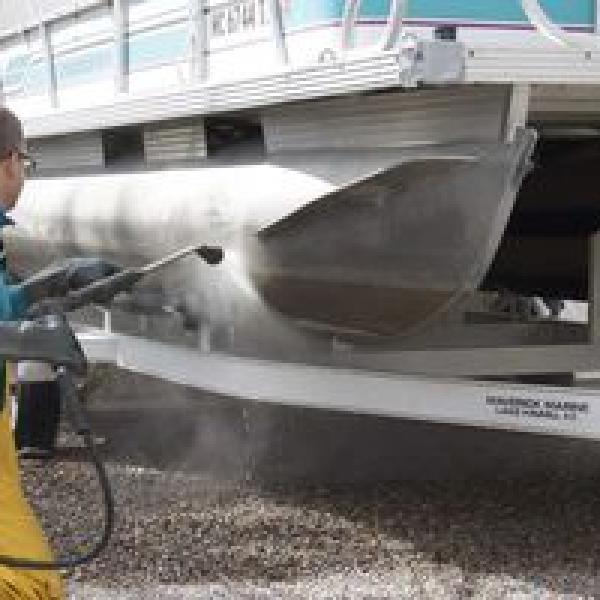
Water chestnut can quickly cover the surface of a waterbody, limiting swimming, fishing, and boating opportunities as well as blocking out light needed by native plants.
Exotic nuisance species not only threaten Vermont's mountains, forests, and fields - they pose a serious threat to the Green Mountain State's lakes, ponds, and rivers as well. Enjoy taking a dip in the lake on a hot summer evening? Invasive plants such as Eurasian watermilfoil and water chestnut can quickly reach nuisance levels, choking out swimming holes and crowding out beneficial native species. Happen to be an avid fisherman? Small, seemingly benign organisms like spiny waterfleas and Asian clams can drastically impact aquatic foodwebs and limit fishing opportunities for brook trout, smallmouth bass, and other Vermont sportfish. Even an easy day sunning yourself at the beach can be ruined by zebra or quagga mussels, which can cover lake bottoms with a layer of sharp shells.
Along with the species listed above, there are dozens of invasive plants and animals that can harm our waterways. Some have already been documented in Vermont, while many others have not invaded Vermont but are present elsewhere in the U.S. and Canada. Humans are a main vector of spread for these species, so education on these species and precautions that can be taken to ensure they are not transported is critical to the protection of Vermont's aquatic systems.



















